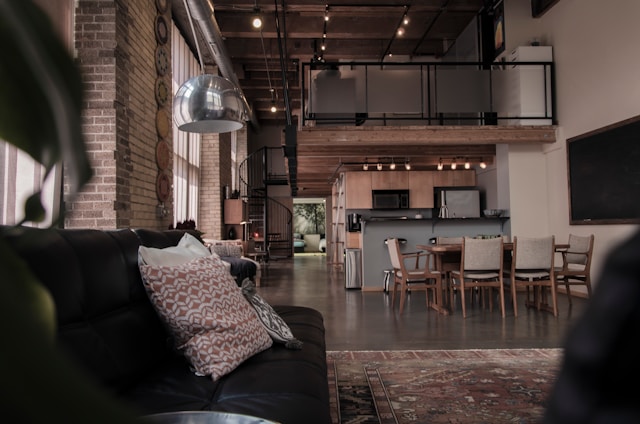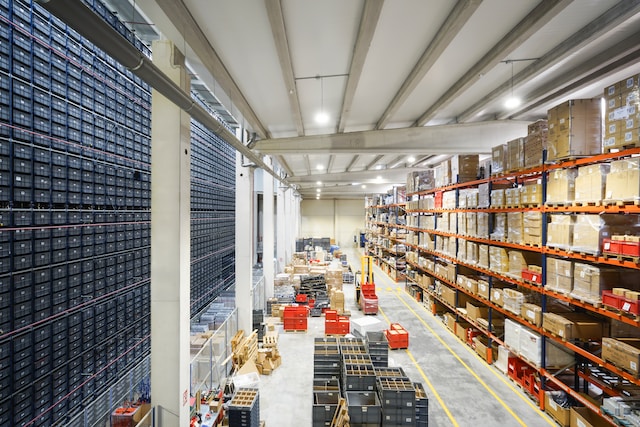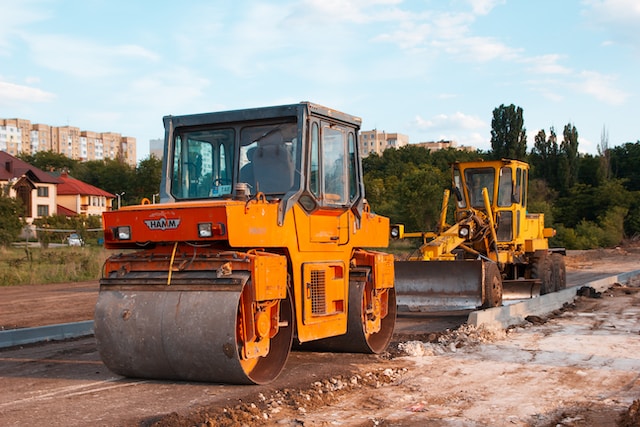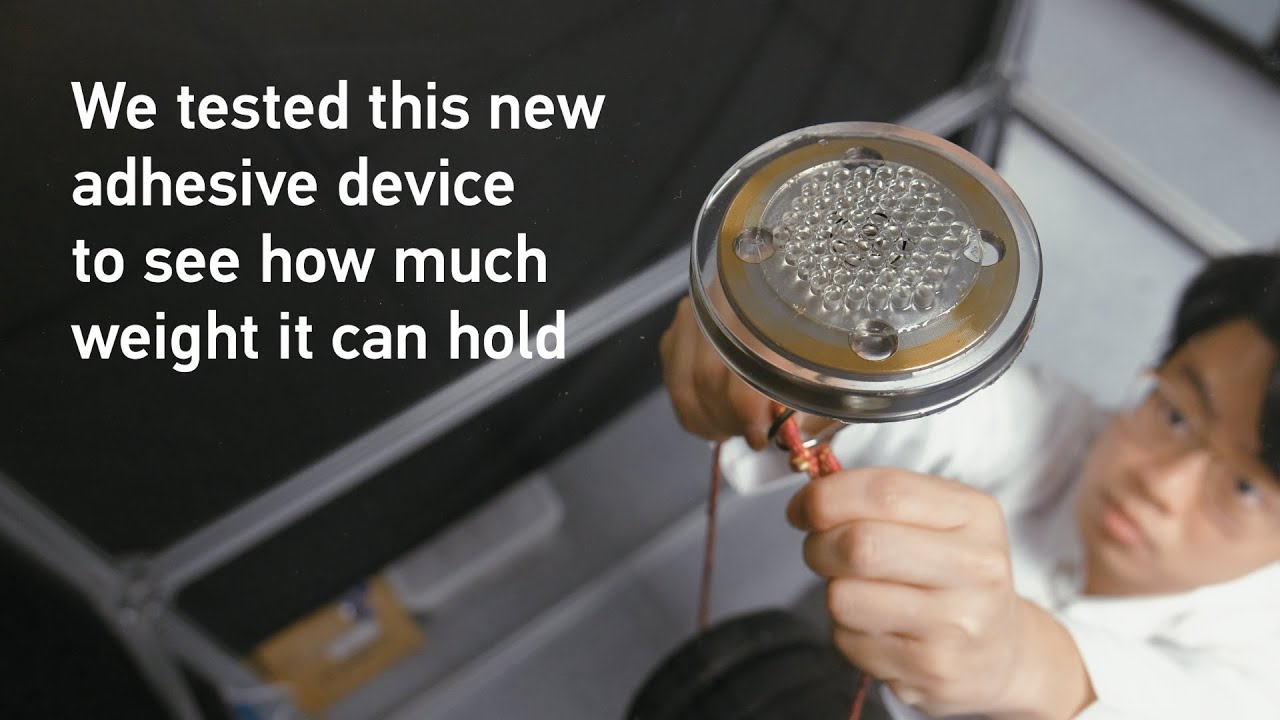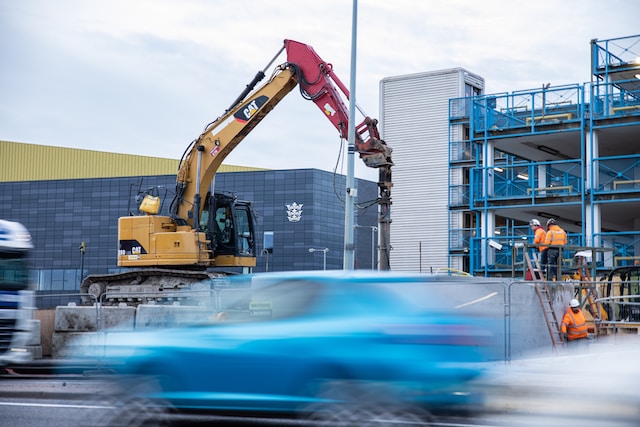When building a home or any structure really, the choice of materials plays a pivotal role in shaping the building’s longevity, sustainability, and aesthetic appeal. While traditional materials like wood and concrete have long been staples in the construction industry, there’s a rising star that’s been gaining traction and becoming increasingly viable from a cost perspective: metal. From structural elements to interior finishes, metal products are revolutionizing the way homes are built, offering a myriad of benefits that are reshaping the landscape of residential architecture.
What Are The Most Widely Used Metal Products in Modern Home Construction?
There are numerous metal products used in home construction, each serving a specific purpose and offering unique benefits. Here are some common examples:
Steel Framing
Steel framing has become increasingly popular in residential construction due to its strength, durability, and versatility. Steel studs and beams provide structural support for walls, floors, and roofs, offering superior load-bearing capabilities compared to traditional wood framing. Steel framing is also resistant to warping, shrinking, and rotting, making it ideal for withstanding the rigors of harsh weather conditions and ensuring the longevity of the home. Further, it is typically cheaper than timber framing, so it’s a great option for home builders trying to stick to a budget.
Metal Roofing
Metal roofing systems come in various materials, including steel, aluminum, copper, and zinc. Metal roofs offer several advantages over traditional asphalt shingles, including superior durability, longevity, and energy efficiency. Metal roofs are highly resistant to fire, wind, and moisture damage, providing long-term protection for the home. They also reflect sunlight, reducing heat absorption and cooling costs during hot weather.
Metal Siding and Cladding
Metal siding and cladding systems are available in a wide range of materials, profiles, and finishes, allowing homeowners to achieve a variety of aesthetic styles. Metal siding offers durability, low maintenance, and resistance to pests, rot, and decay. Additionally, metal cladding systems can provide added insulation and weatherproofing for the home, improving energy efficiency and indoor comfort.
Metal Windows and Doors
Metal-framed windows and doors offer strength, stability, and sleek modern aesthetics. Aluminum, steel, and iron are commonly used materials for window and door frames, providing durability and resistance to corrosion. Metal doors and window shrouds also offer excellent thermal performance and weather resistance, contributing to energy efficiency and indoor comfort.
Metal Balustrades and Railings
Metal balustrades and railings are commonly used in staircases, balconies, and decks, providing safety and security while adding architectural interest to the home. Materials such as wrought iron, steel, and aluminum offer strength, durability, and a wide range of design options. Metal balustrades and railings can be customized with various finishes, patterns, and decorative elements to complement the home’s style and aesthetics.
Metal Insulation Systems
Metal insulation systems, such as reflective foil insulation and metal-faced insulation panels, offer thermal and acoustic insulation properties for residential construction. These systems consist of a layer of metal foil or sheeting bonded to insulation material, providing a barrier against heat transfer, moisture, and noise. Metal insulation systems are commonly used in walls, roofs, and floors to improve energy efficiency and indoor comfort.
Metal Fixtures and Hardware
Metal fixtures and hardware, including faucets, sinks, door handles, and light fixtures, are essential elements of home construction and interior design. Stainless steel, brass, copper, and wrought iron are popular choices for metal fixtures and hardware due to their durability, corrosion resistance, and aesthetic appeal. Metal fixtures and hardware add a touch of elegance and sophistication to kitchens, bathrooms, and other living spaces in the home.
These are just a few examples of the many metal products used in home construction, highlighting the versatility, durability, and aesthetic appeal that metal brings to residential architecture.
Why Are Metal Products Used When There Are Other Options?
Strength and Durability
One of the most compelling reasons for the increasing use of metal products in home construction is their exceptional strength and durability. Materials such as steel and aluminum boast impressive load-bearing capabilities, making them ideal for structural components like beams, columns, and framing. Unlike organic materials like wood, metal is impervious to rot, termites, and moisture damage, ensuring the longevity of the home and minimizing the need for costly repairs or replacements over time.
Versatility in Design
Metal products offer unparalleled versatility in design, allowing architects and designers to push the boundaries of creativity and innovation. From sleek, modern exteriors to industrial-chic interiors, metal perforation allows this material to be shaped, formed, and finished in countless ways to achieve a wide range of aesthetic styles. Whether it’s the clean lines of steel-framed windows and doors or the warmth of copper accents and fixtures, metal products add a touch of sophistication and elegance to any home design.
Energy Efficiency
In an era where energy efficiency and sustainability are top priorities for homeowners and builders alike, metal products shine as eco-friendly building materials. Metal roofing, for example, reflects sunlight and reduces heat absorption, helping to lower cooling costs and mitigate the urban heat island effect. Additionally, metal framing and insulation systems provide superior thermal performance, creating a tight building envelope that minimizes heat loss and improves indoor comfort year-round.
Fire Resistance
Another significant advantage of metal products in home construction is their inherent fire resistance. Unlike wood, which is highly combustible, metals like steel and aluminum have high melting points and do not contribute to the spread of flames. This makes metal framing, roofing, and cladding systems ideal choices for homes located in wildfire-prone areas or regions with stringent building codes for fire safety.
Low Maintenance
Metal products are prized for their low maintenance requirements, making them an attractive option for homeowners seeking durable and hassle-free building materials. Unlike wood, which requires regular painting, staining, and sealing to maintain its appearance and integrity, metal products typically only require occasional cleaning to remove dirt and debris. This not only saves homeowners time and effort but also reduces the long-term costs associated with upkeep and maintenance.
Conclusion
As the demands and challenges of home construction continue to evolve, so too does the array of materials available to builders and homeowners. Metal products have emerged as a versatile, durable, and sustainable solution that is reshaping the way homes are built and designed. From structural components to interior finishes, the transformative role of metal in modern home construction is undeniable, offering a winning combination of strength, durability, versatility, and energy efficiency that is poised to define the future of residential architecture.

